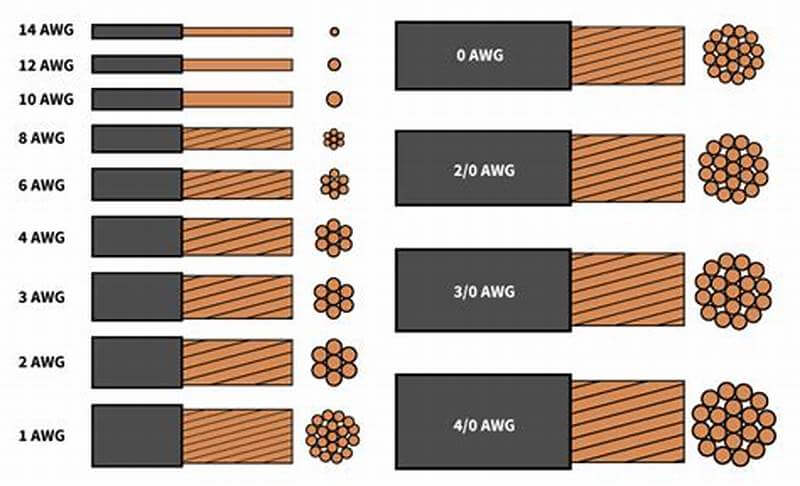
If you’re having the wiring redone in your home or are adding new wires, you must have come across the term wire gauge. The term essentially refers to how thick a wire is and every gauge has unique purposes. Selecting the apt wire gauge or size is crucial to avoid any mishaps, and this guide will help you select the perfect fit.
What Is A Wire Gauge?
An electrical wire’s gauge is represented by a specific number. A wire that’s thicker has a smaller number assigned to it and vice-versa. In the US, the gauge is measured through rules set forth by the American Wire Gauge system.
The system is only applicable to wires that can conduct electricity well and also have a round shape. You can click here to calculate the resistance and get the AWG value in one place! They also have to be made from a non-metallic material, like copper. The gauge impacts other properties like conductivity and resistance.
Correlation Between Wire Gauge and Technical Specs
Wire gauges are interconnected with other wire properties. So, if you know these other properties, you can select the apt gauge too.
Diameter
A wire with a smaller numeral on the AWG chart will have a larger radius as well as diameter. For example, AWG 30 means that the diameter is 0.01 inches, whereas, AWG 3 has a diameter of 0.2294. At every 6th level, the gauge diameter nearly doubles.
Area
To calculate the area when a conductive wire is cut, you can utilize the formula πr2, where r is its radius. When you keep going down the AWG table, you’ll notice that area reduces by half, at every third gauge number.
Feet Per Pound
This unit of measurement specifies the length (in feet) of a wire you’ll require for a wire weight class of a pound.
Resistance
The resistance is determined by how thick and how long a wire is. As a thumb rule, remember that resistance is directly proportional to length. So, a longer wire will offer more resistance. Similarly, a wire that’s thin offers less resistance than a thicker one, even if they have equal lengths.
Current Capacity
As the name suggests, a wire’s current capacity or amps tells you how much electricity a particular wire can conduct safely, without melting. Since a higher AWG wire equals a wire that’s thin, it can conduct lesser electrons safely.
Calculating The Ideal Wire Size
To do this, you’ll need some technical specifications including voltage drop, wire length, and load current. Using these, you can apply the formula Resistance = (Voltage Drop x 1000) / (2 x Wire Length x Load Current). Once you calculate the resistance, you can match it with an AWG chart to find the ideal wire size or gauge.
Final Words
Various aspects like resistance can help you find the right size of wire. In general, wire with a smaller diameter will be suitable for applications like wiring kitchen cooktops, whereas thicker gauges will be suitable for circuitry in extension cords and others.
Gray Williams
Related posts
Stay connected
Today's pick
- Safety Essentials Every CNC Operator Should Follow DailyCNC machining demands precision, consistency, and discipline—but above all, it requires strict attention to safety. Whether you’re working with mills, lathes, routers, or grinders, every machine has the potential to cause serious injury if mishandled. That’s why CNC operators must follow safety protocols daily, no... The post Safety Essentials Every CNC Operator Should Follow Daily […]
